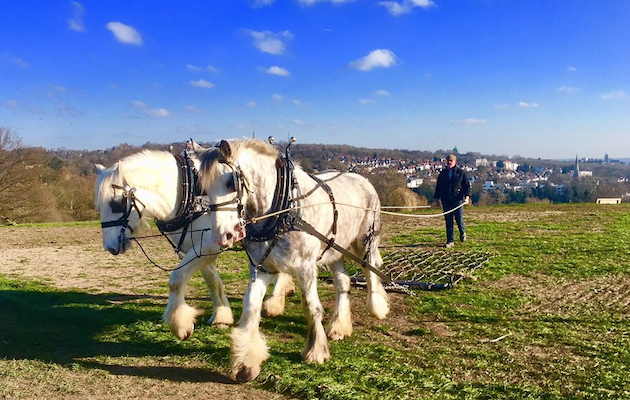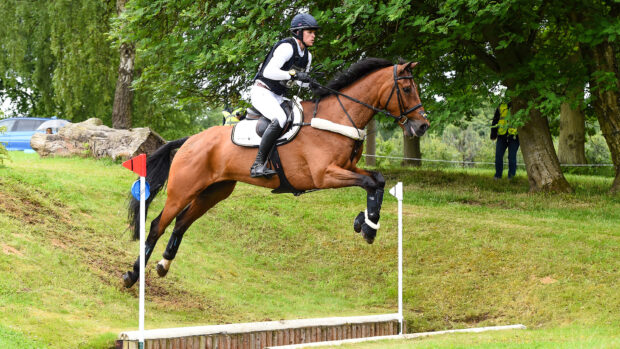Real horsepower is being used to reduce the impact of tree removal needed for maintenance of the electricity network in Scotland.
For the first time since the network was modernised, Scottish & Southern Electricity Networks (SSEN) Transmission is extracting timber with heavy horses to avoid unnecessary damage to the environment.
SSEN Transmission is working with Future Forestry, which operates across the country and has found that “there is still a place for horse logging where access, space, environmental, or ground sensitivities don’t allow for modern-day machinery”.
The business has recruited equine team members Eli, Luke and Ben.
Future Forestry director of operations Angie Smith said: “It has always been our mission to be forward-thinking with investment in new technologies to make work safer and more efficient, but time-saving isn’t always the main priority on a lot of our worksites.
“We have to consider the environment we are working in and how we can leave a site having caused as little impact as possible on what remains. It’s always a balance between getting value for our clients and mitigating our impact.
“When I heard that the previous owner John was retiring from working with the heavy horses, I knew we had a place for them, even on some of our commercial contracts. Our fantastic equine manager, Annie Hutchison, spent a year settling them in after their move from Rochdale and has also been helping with staff training. We currently have four staff members who have undergone horse logging training courses as members of the British Horse Loggers.”

The horses have worked on projects including one for SSEN Transmission near Brechin in Angus.
“Future Forestry’s work on the spur that connects the overhead line to the Brechin substation is the final phase of the resilience work on the 132kV overhead line circuits from Tealing to Arbroath,” an SSEN Transmission spokesperson said, adding that the site was classed as high-risk owing to the size and position of conifers, which had to be removed.
“Helping to minimise disturbance, manual tree cutting along with horse logging was used to sensitively extract timber from amongst the broadleaf trees that are being retained as a space that the surrounding properties’ use.”
SSEN Transmission’s Martin Sangster said the company was supportive when Future Forestry suggested the idea.
“It also alleviated the concerns of nearby residents who were worried all trees were being removed with heavy machinery,” he said. “On learning of the horse logging technique, they became supportive of the plans and appreciative of the steps being taken to reduce the impact of felling operations.”
British Horse Loggers Charitable Trust chair Steffi Schaffler said: “Horse logging is a method of extracting timber from forestry sites that is sensitive, sustainable and effective. Horses don’t replace machines but do jobs that wouldn’t be possible with other methods.
“They make it possible to keep the forestry system intact while extracting large amounts of timber without damage to the ground or the standing crop.”
- To stay up to date with all the breaking news throughout major shows such as London International and more, subscribe to the Horse & Hound website
You may also be interested in:

Rescued Shire horse and partner create wildflower meadow at Tower of London

Shires in the city: how working horses protect London’s green spaces
Nobby and Heath worked to repair the ground that had been churned up by runners on Hampstead Heath

Why we owe so much to Britain’s working horses
To mark International Working Animal Day today (15 June 2017), SPANA (Society for the Protection of Animals Abroad) takes a

Subscribe to Horse & Hound magazine today – and enjoy unlimited website access all year round




